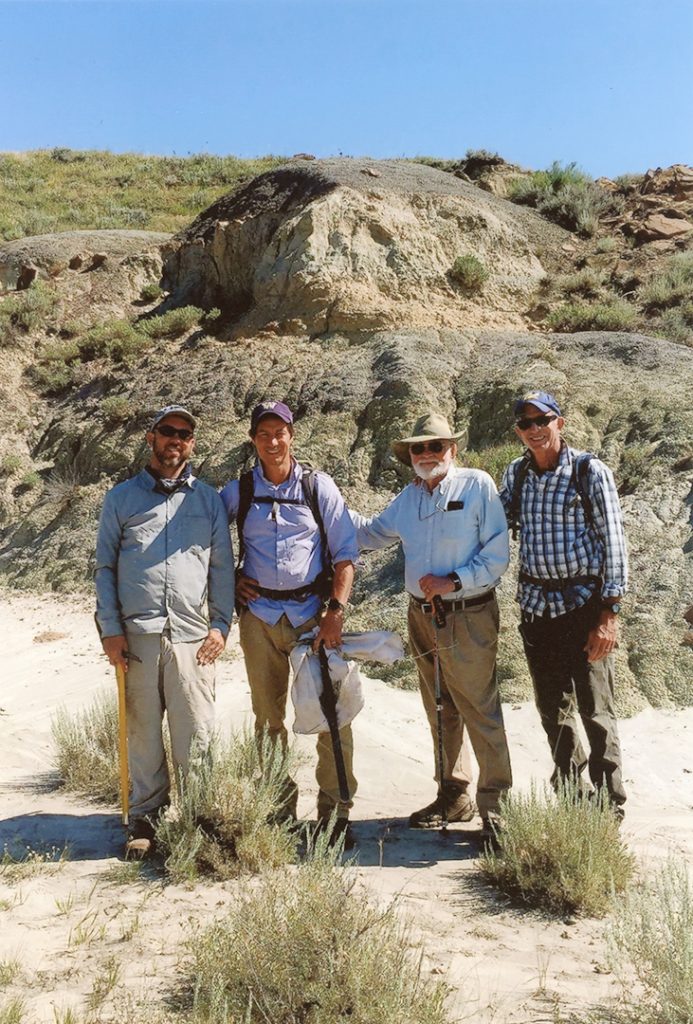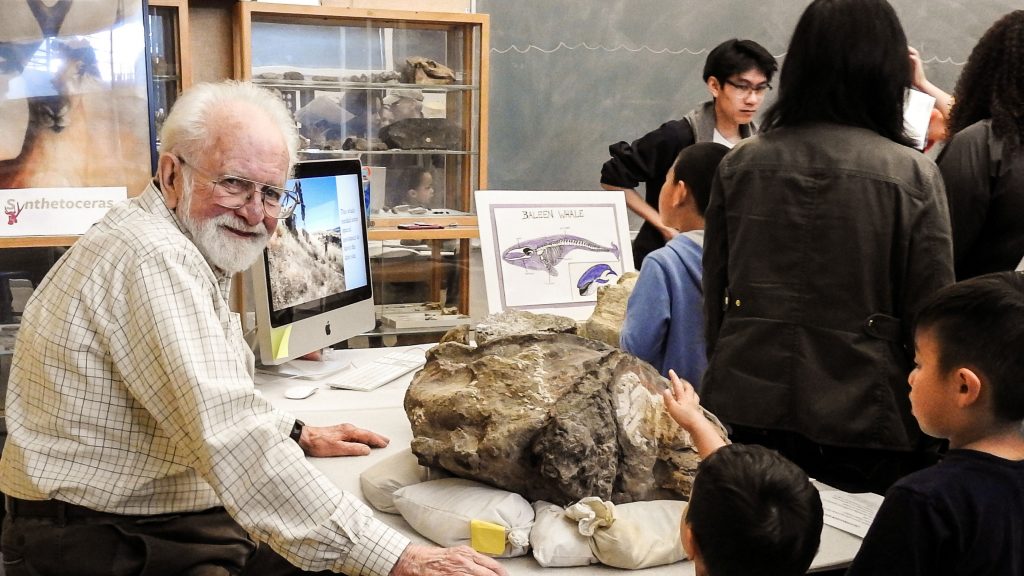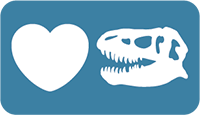In this issue:
- End of 2020
Adjusting to Stay At Home
- Welcoming change
UCMP Community updates
- New Educational Web Resources
UCMP Education and outreach news
- When one drawer closes, another opens
What's new in the collections
- Remembering Bill Clemens
Esteemed vertebrate paleontologist and mentor Bill Clemens passes away at 88
End of 2020
Students, faculty, and staff went home on March 17th, 2020 following California’s Stay-At-Home orders. The UCMP, like many other units on campus, moved to working from home. Later in summer, California wildfires caused by a rare summer thunderstorm raged too close for comfort. Despite all this, the UCMP managed to welcome two new curators, produce more online educational resources, and acquire new grants to continue our museum work.
The activities highlighted in this newsletter provide a glimpse into a year marked by loss and the challenges of working remotely. Please continue to follow us on Facebook, Twitter, Instagram, and frequent the UCMP home page to keep up with all that is happening with our curators, staff, and our exceptional students. And thank you for your continued support of UCMP, support that has become crucial to our efforts to maintain our high standards of excellence in all aspects of our work.
We close the year with optimism about the future of the UCMP and we look forward to celebrating our achievements with you next year for UCMP’s 100th Anniversary.
Welcoming change
Welcoming new faculty
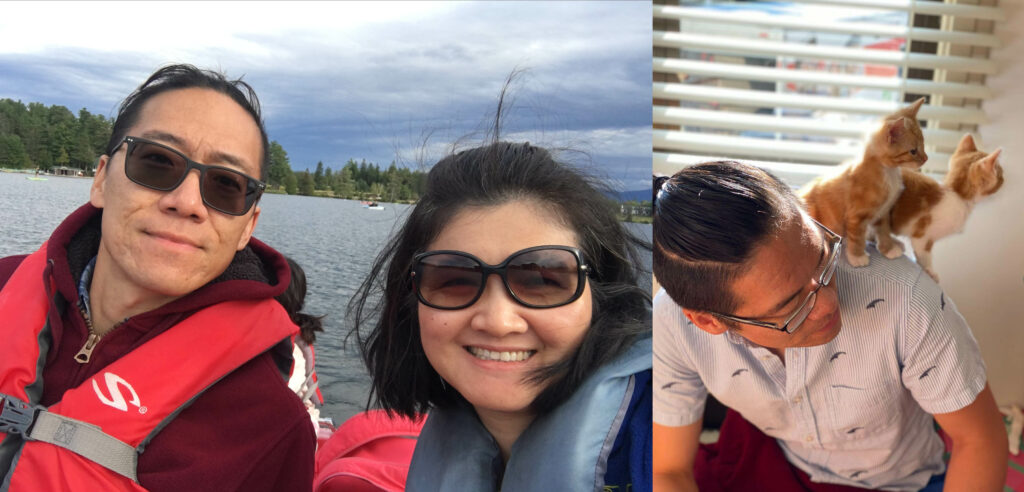
We welcomed two new Curators to the UCMP in January 2020: Jack Tseng, Curator and Assistant Professor of Integrative Biology (vertebrate paleontology, structure and functional relationships in mammals) and Juan Liu, Assistant Curator and Assistant Adjunct Professor of Integrative Biology (paleoichthyology, functional anatomy of fish auditory systems).
New and graduating students
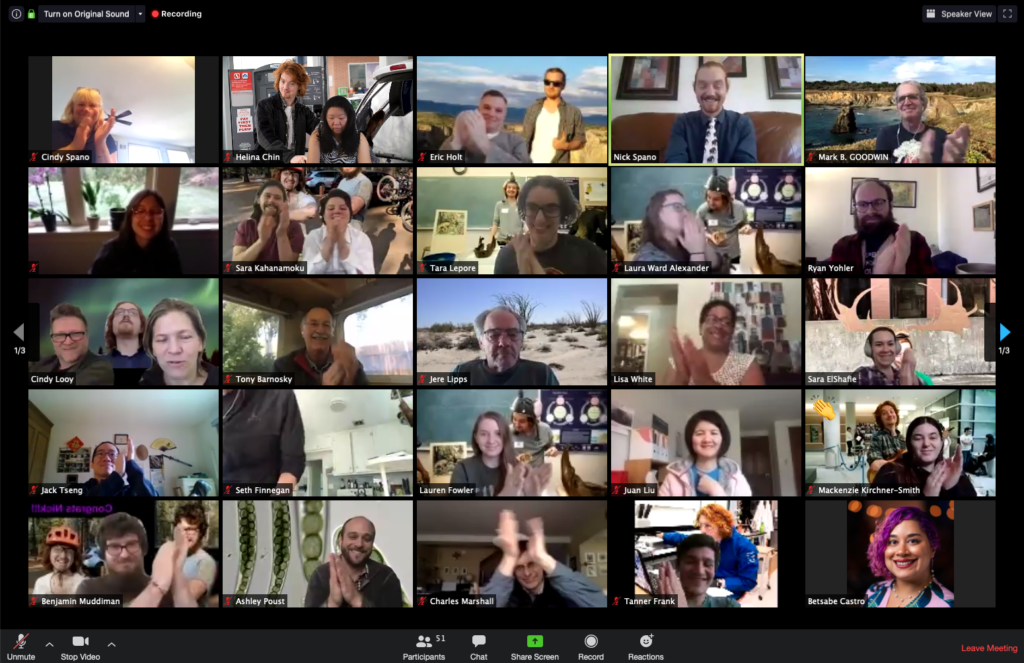
We congratulate graduate students Marianne Brasil (Hlusko Lab), Nicholas Spano (Looy Lab), and Larry Taylor (Finnegan Lab) who all finished in 2020. The following labs welcomed new students: Finnegan Lab, Maya Samuels-Fair; Tseng Lab, Emily Bogner, Sergio Garcia-Lara, and Celina Gilmore; Liu Lab, Jennifer Hoeflich.
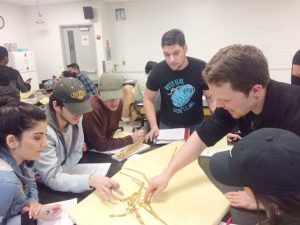
Diversity and Inclusion
In the wake of the chaotic events of 2020 related to racism, police brutality, social unrest, and health disparities, we began to ask ourselves how a scientific community like the UCMP can best address or respond to these social issues? We are currently engaging this question and seek to expand our efforts towards inclusion and justice within the framework of our mission. In May 2020, we formed a UCMP Diversity, Equity, Inclusion (DEI) and Anti-racism Working Group to promote a more diverse and inclusive present and future for the UCMP. To achieve its mission, the Working Group will: 1) explore ways of increasing the efficacy of UCMP outreach programs, 2) revise our educational materials and web resources to address the history and legacy of racism and colonialism in our fields, and 3) review the current climate within the UCMP community and create action items to continuously build a more inclusive environment and foster a sense of belonging.
New Educational Web Resources
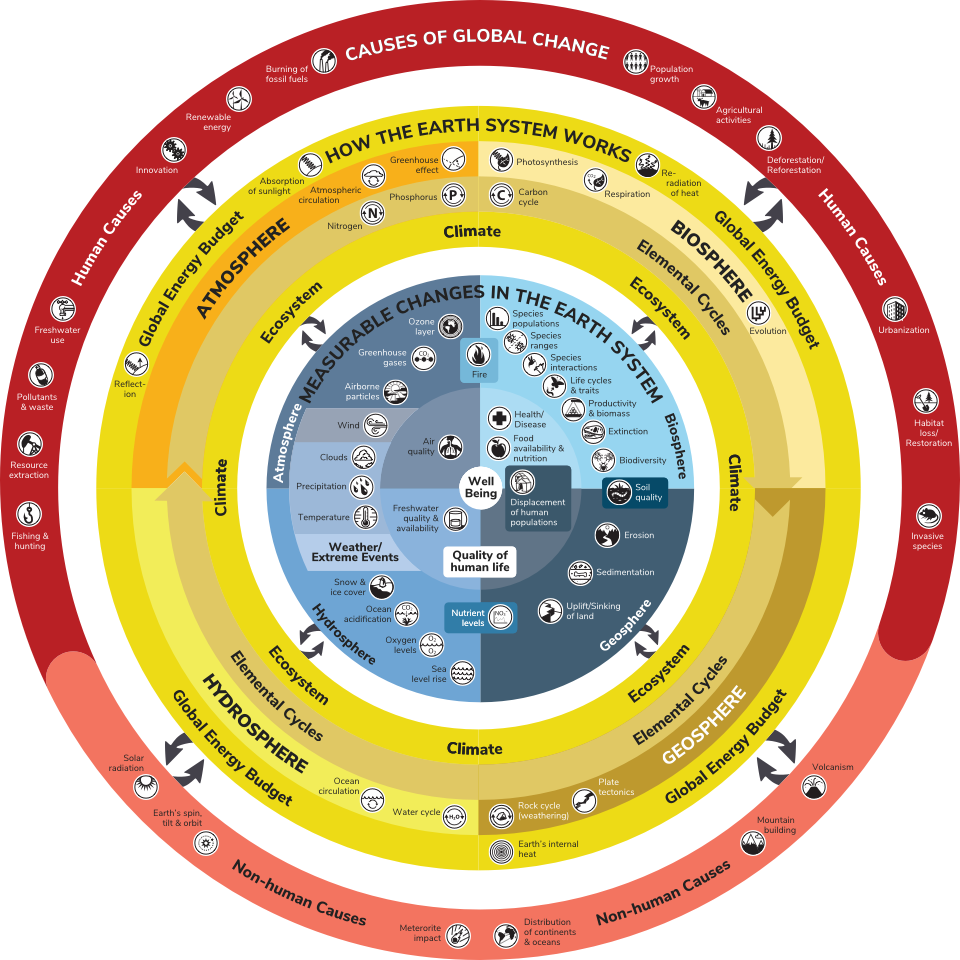
Twenty-eight years after creating one of the first websites in the world, we launched our newest addition to its award-winning Understanding series in October 2020! With funding from the Gordon and Betty Moore Foundation, the Education and Outreach team produced Understanding Global Change, a free online toolkit for learning and teaching why the climate and environment changes, your place in the Earth system, and paths to a resilient future. The interactive content and colorful graphics allow users to explore the Earth as a dynamic system of interrelated physical, chemical, and biological processes. The site and its resources were collaboratively designed by scientists and educators, and have been integrated into various professional development programs and school curricula across the country under the direction of Project Scientist Jessica Bean.
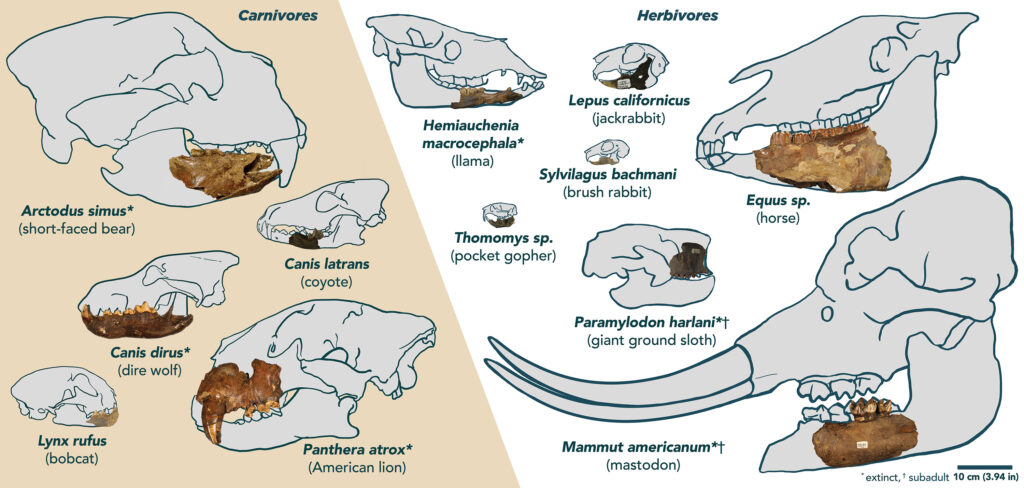
The McKittrick website, https://mckittrick.berkeley.edu, launched just in time for GSA 2020. Supported by an IMLS grant, this web resources features a suite of interactive educational modules, historical and geological information, and high-resolution photos of fossils related to the McKittrick collection here at the UCMP. Asphalt seeps near McKittrick in the San Joaquin Valley of California entombed a unique late Pleistocene to Holocene terrestrial fauna. Fossils from the McKittrick site offer a window into an ecosystem cooler and moister than the modern arid setting.
When one drawer closes, another opens
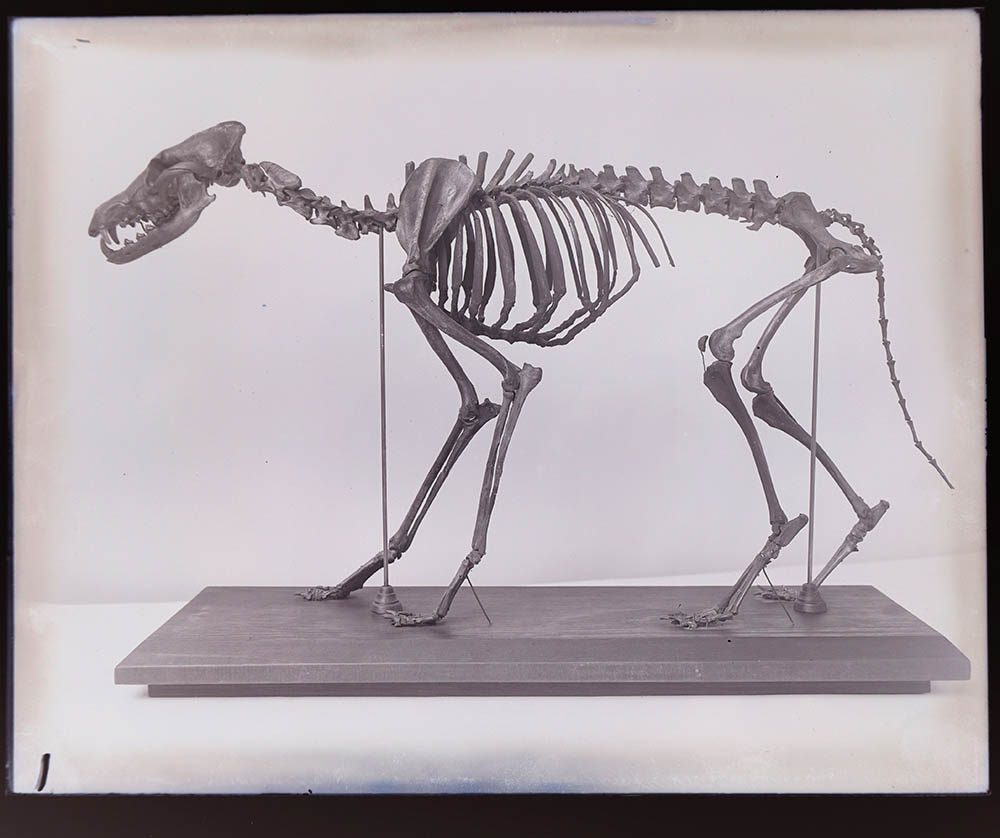
While people can’t visit the collections, we continue to share our fossils through CalPhotos and digitization of our historic photos. Since the beginning of shelter-in-place we have uploaded more than 4,300 new images, including tiny teeth, molluscs, and sloths. Continue to look out for more new online collections content in 2021!
Museum scientist Dr. Ashley Dineen recently received grant funding from the IMLS to support the rehousing, curation, and web-mobilization of its Cambrian and Ordovician marine invertebrate collections. These collections, including Bill Berry’s graptolites collection, provide insight into early animal evolution and the rapid diversification of life in the oceans. The fossils and their associated archival data represent an important scientific resource with historical value, but much of the data are in danger of being lost due to deteriorating field tags and notes, as well as a lack of a digital catalog record to track the data. The project aims to preserve this historic scientific collection and increase the integration and accessibility of the collections and associated data for both research and educational purposes.
Diane Erwin reports that work on Pteridophytes TCN is going well. You can keep up to date with the team and their work on Instagram @pteridophyte_tcn.
After five years and $2.5 million in funding from an NSF digitization grant led by the UCMP in collaboration with eight other natural history museums (the EPICC [Eastern Pacific Invertebrate Communities of the Cenozoic] consortium), UCMP has now digitized nearly 54,000 invertebrate specimens (see below for total numbers). The project has also produced a series of virtual field experiences of fossil sites from the Kettleman Hills, the Purisima Formation in both Santa Cruz and San Mateo counties, and the Astoria Formation in Oregon.
UCMP Numbers
Specimens digitized: 53,266 (Goal was 36,000)
Specimen photos taken: 5,591
Localities georeferenced: 11,956
Total EPICC (all 10 institutions)
Specimens digitized: 1,967,501 (Goal was 1.6 million)
Specimen photos taken: 203,734
Localities georeferenced: 47,576
Remembering Bill Clemens
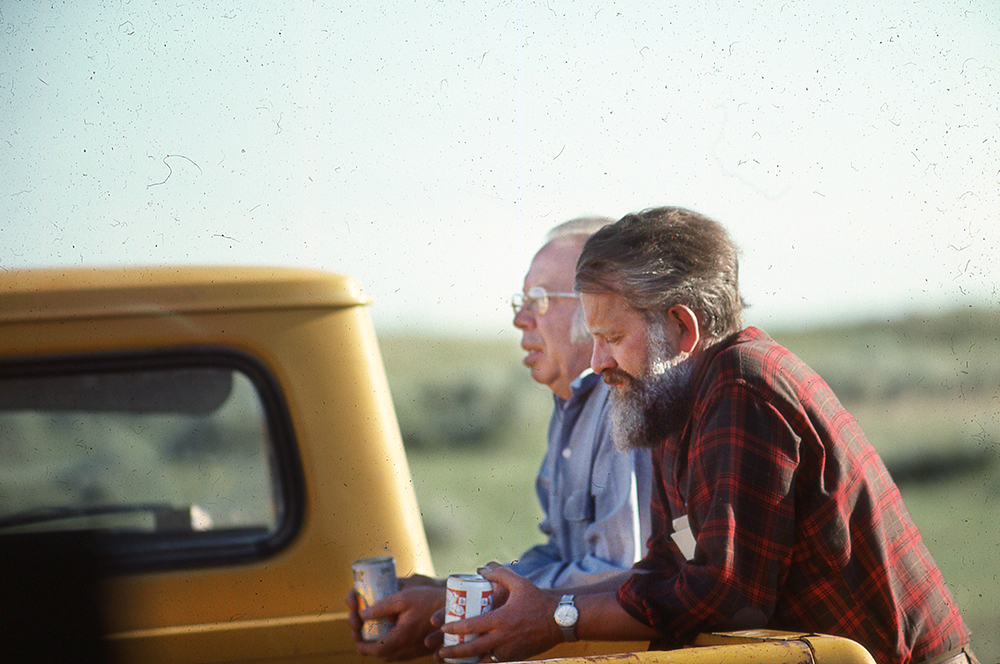
It is with heavy hearts that we mourn the passing of UCMP Curator and Professor Emeritus Bill Clemens. Over his 60-year career, Bill published on fossils throughout the Mesozoic and early Paleogene, covering more than 150 million years of evolution, making him one of the premiere authorities in the world on the origin, diversification, and geographical spread of the first mammalian forms. Bill’s work has been central to the vitality of the end-Cretaceous extinction debate. Of critical importance are field-based research programs, like those led by Bill and his students in eastern Montana’s Hell Creek Formation, that advance our understanding of early mammalian evolution during the age of the dinosaurs. A tremendous scientist, colleague, mentor, and friend, Bill will be missed dearly by the entire UCMP community.
Bill’s work is also commemorated in a memoriam by UC Berkeley News and the Oral History Center of the Bancroft Library.
